The following article was published in the September 24 issue of Fleet News. Read the full article.
Swansea’s links to zero emission technology are long-established: William Robert Grove, who developed the first hydrogen fuel cell battery in 1842, was born in the city. It is also well-placed to play a big role in the future.
Ground-breaking work is taking place at the city’s university, such as at the Specific Innovation and Knowledge Centre which is creating buildings that can generate, store and release energy to the benefit of the building, its occupants and the grid.
The university’s focus on sustainability also features heavily in the present: it was ranked ninth in the most recent People and Planet University League of environmentally-friendly educational institutions, while its carbon management plan lays out a detailed strategy to reduce emissions across its operations.
This commitment to the environment extends to its fleet. In 2017, Swansea was one of the first universities to be named as a Go Ultra Low Company in recognition of its commitment to electric vehicles (EVs).
This has seen it grow from installing a single charge point in 2012 to having 20 today, while 70% of its 41-strong fleet is electric.
The university has also implemented a comprehensive sustainable travel plan aimed at cutting carbon emissions, with these initiatives helping it win both the
Environmental Fleet and Best Travel and Mobility Initiative categories in this year’s Fleet News Awards.
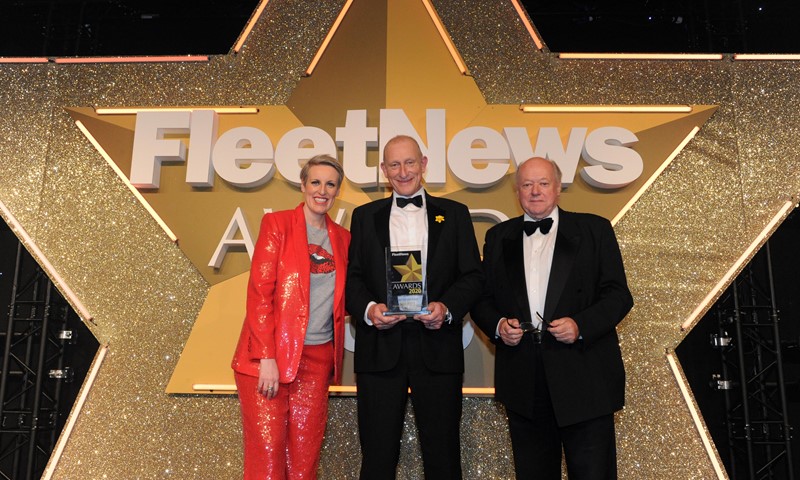 The driving force for the electrification of its fleet has been Nigel Morris (pictured centre), who was named Fleet Champion of the Year at the ceremony.
The driving force for the electrification of its fleet has been Nigel Morris (pictured centre), who was named Fleet Champion of the Year at the ceremony.
His passion for EVs began in 2011 when he worked as an IT engineer at the university.
“I saw a Nissan Leaf on TV and thought it was good,” says Morris. “I’d been used to generational changes in technology because that’s been part and parcel of IT rollouts over the years, and I like working in those kind of changing environments.
“I got in touch with a local dealer to try one and when I had it I thought ‘wow, this is great. This is like a generational change in transport. This is the future’.
“The engineering simplicity of one single rotating part driving the wheels of an EV with instant torque is pretty compelling once you get used to it. Even a modern, nice spec internal combustion engine car does feel like going back in time.
“It was obvious EVs were going to take off and I wanted my employer to get the kudos of being an early adopter, so I started a sort of one-man campaign to get Swansea University to do that.”
Charge point installed
An early step was to get a charge point installed on campus, and then Morris began a “bums on seats campaign”, where he would “beg, borrow or steal” as many EVs as he could from manufacturers to generate interest and awareness of the technology.
This involved getting a wide range of staff driving different EVs, from porters and security staff driving electric cars to the vice-chancellor driving an electric van.
“Once we got people in an EV, they just got it,” he says. “I can remember taking the catering manager out in an EV and he just looked at me and said ‘these are brilliant, we should be using these’.
“If I hadn’t taken him out in it, and because he had no interest in vehicles, he would have just gone and bought another diesel.”
Morris persuaded the university to join the Low Carbon Vehicle Partnership, which gave it further insights into the technology, and the university continued to replace ICE (internal combustion engine) vehicles with EVs.
However, work circumstances meant he had to scale back his involvement in EVs to spend more time on his core IT role, although he maintained an involvement in promoting the vehicles.
“At that time we probably had eight EVs on fleet, mostly Renault Kangoo vans, Nissan Leafs and Nissan eNV200s but, for example, if we hosted a big conference we would borrow the EVs from the different departments who were running them and use them as event support,” he says.
“The fleet of branded EVs added a lot to the experience. Imagine picking up speakers or overseas delegates from the railway station or airport in a branded EV and it was the first time they had ever been in one.
“They’d always then attribute their first experience of EVs to Swansea University, and I could sell that idea within the university to help my case.
“One event that sticks in my mind was the International Paralympic Committee European Championships we held here in 2014. It was the most inspirational event.
“Then, events like that had an aspiration to be as carbon-neutral as possible, so we used as many EVs as we could to shuttle people around.
“Being able to say that 75% of the transport associated with the event was zero emission helped the organiser as well, so it was a win-win and it evidenced the added value we were getting out of EVs and helped me carry on getting people to procure them.”
Low Carbon Swansea Bay
Morris has also played an active role in boosting EV take-up in the wider community.
“I thought that if the university is thinking of going electric, then surely the hospitals and other public sector groups, like museums and the city and county housing associations, would also be thinking the same thing given they’ve all got the same carbon reduction ambitions,” he says.
“So I went round knocking on doors. Every time I got an electric van or car I would ask people what they thought of it, have they seen this etc.
“Then we, under the umbrella of a group called Low Carbon Swansea Bay, which looked at sharing knowledge and experience on all forms of carbon reduction, not just transport, formed the Swansea Region ULEV Task Group to focus on transport.
“It’s since grown from covering just Swansea city to a region which goes as far west as Carmarthen and as far east as Bridgend, which is a fair chunk of South Wales.”
Morris has been chairman of the group for five years and its members include counties, universities, the DVLA, health board trusts, fire and rescue service, police, Transport for Wales, the Welsh Government, Natural Resources Wales, Brecon Beacons National Park and Welsh Automotive Forum, with the continued aim of sharing knowledge.
“For example, I’ve taken a trip up to Dundee because its city council is doing amazing things with EVs, so I could bring what I’d seen in different places back to Wales and say ‘we could do this here’,” says Morris.
“Swansea City Council has got a reasonable number of electric vans on its fleet, Cardiff is doing some good stuff with buses, taxi and refuse collection vehicles, and there is an electric bus scheme in Newport.
“Swansea University’s fleet is, of course, 70% electric as well. I’m not saying our group is responsible for all of that, but we played a part in that it stimulated interest and raised awareness.
“And there’s an element of keeping up with the Joneses because you don’t want to be seen to be falling behind the group. So it’s a useful group and remains so.”
In collaboration with the city and county, Morris is also involved in running clean air roadshows in Swansea city centre to showcase the technology to the wider public.
In 2018, the university created the role of electric vehicle integration manager at its Active Building Centre, and Morris successfully applied for it.
The position focuses on integrating EVs into fleet and building designs, and allows him to spend more time focusing on decarbonising transport.
“Most of the energy generated through solar and renewables in the Active Building Centre goes to heat or run the building, but after the building had powered itself and the neighbouring buildings at peak times on a local grid, we were also getting enough electricity to power the EVs for 24,000 miles a year,” he adds.
His secondment there ended at the beginning of August and he is now a business development manager with the university’s Specific innovation centre.
“Specific, coincidentally, is one of the groups which had my first electric vehicles, and it specialises in technology for buildings so they can generate, store and release their own renewable energy, looking at innovative solutions with a view to economic spin-off in the region,” says Morris.
“My new role is still with an eye on EVs and EV integration and decarbonising the transport element.”
The university now has 26 EVs from six manufacturers, and these are operated on three-year leases.
Savings on CO2
Combined annual mileage of its 22 vans is 160,000, with its 19 cars covering a total of 135,000 miles. Morris has calculated that for every 100,000 miles the EVs travel, the university saves 25 tonnes of CO2 and £12,500 in fuel costs compared with ICE vehicles.
“Typically the Leafs and eNV200s are doing about 5,000 miles a year, but the longer-range vehicles like the Kia e-Niro (282-mile range) and Kona Electric (278-mile range) are doing more like 18,000 a year. That says to me the vehicles that are more capable of long distances get used for long distances,” says Morris.
This has helped the university reduce the number of ICE daily rental vehicles it uses, as staff can use these EVs instead for longer journeys. Staff can also use EV pool cars instead of their own cars for business trips.
Morris is always keen to lead by example and his EV journeys include a 190-mile non-stop journey from the university to Nottingham in the Kona, while he has also taken the same vehicle to Glasgow – 430 miles – stopping once.
“I also drove that same Kona to Oslo,” says Morris. “You’ve got to push them to really see what they are capable of.
“But, equally, when people say they’re all right for nipping around town but no good for longer journeys, I can say ‘well, they are’ and I can give them my stats and experience.
“That has come about through a supportive director who said ‘don’t tell me other people are doing it, do it yourself and then tell me you’ve done it’. So I had solid back-up from senior management which gave me the opportunity to do that.”
Getting support from senior staff is crucial if organisations want to take on EVs, says Morris.
“For those who are about to make the change or contemplating making the change, getting buy-in at the top is vital, and I really would stress that,” he adds.“If I didn’t have the support from decision-makers then I don’t think we would have gone anywhere. Once you get going, you can prove EVs work, but getting that initial buy-in is key.”
Fleet Champion Award Winner: Nigel Morris
Judges’ comments:
Morris is a real environmental champion with great energy who has engaged other fleets and businesses with his infectious enthusiasm and excellent ideas to share best practice in new mobility solutions and uptake of electric vehicles.
Environmental Fleet Winner: Active Building Centre – Swansea University
Judges’ comments:
Active Building Centre – Swansea University takes an all-encompassing approach to electric vehicle procurement while integrating alternative forms of transport to reduce car journeys. It is a real champion within the local community helping other businesses to improve their own environmental standing, with ample examples of best practice.
Best Travel and Mobility Initiative: Active Building Centre – Swansea University
Judges’ comments:
Active Building Centre – Swansea University takes an all-encompassing approach to electric vehicle procurement while integrating alternative forms of transport to reduce car journeys. It is a real champion within the local community helping other businesses to improve their own environmental standing, with ample examples of best practice.

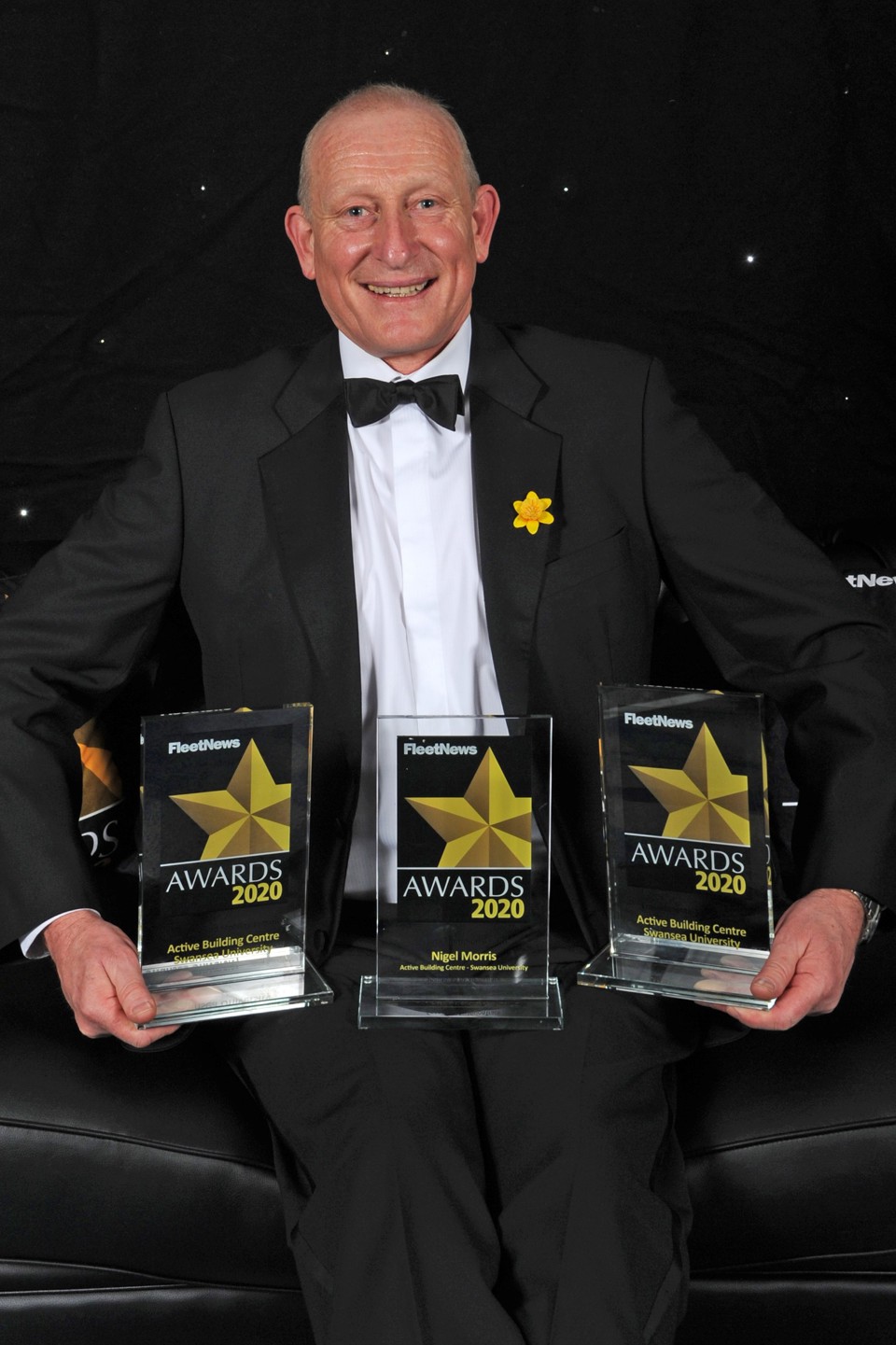
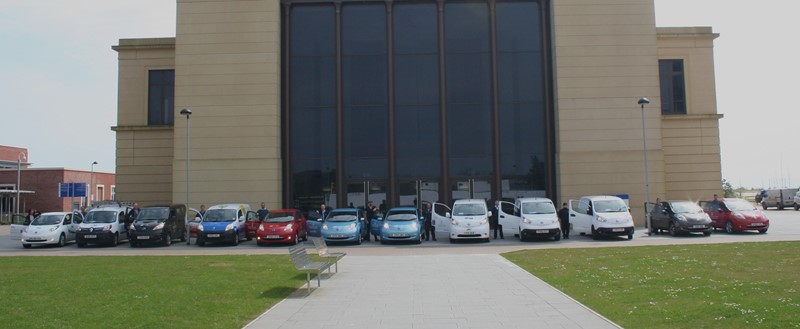



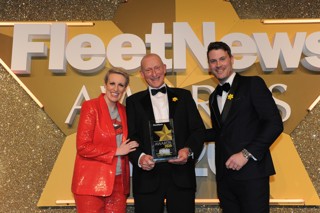

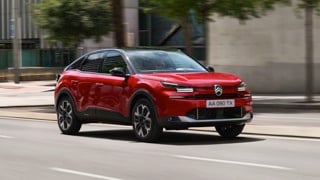













Login to comment
Comments
No comments have been made yet.